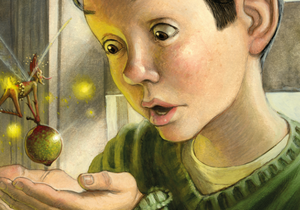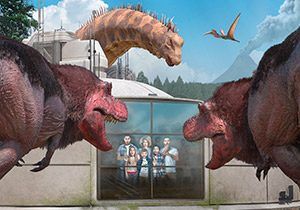
The Tudors primary resource
Explore the influence of the monarchy during Tudor times, from Henry VIII to Elizabeth I
This primary resource explores significant social changes in Britain during the time of the Tudors, presented as an easy-to-read comic. Discover the influence of the monarchy during this time, from Henry VIII to Elizabeth I. What happened to Henry VIII’s wives? How did Christianity change in Britain during this time?
Pupils will learn about social, cultural and religious changes during the time of the Tudors and how they have affected life in Britain today, using our National Geographic Kids’ Tudors primary resource sheet.
The teaching resource can be used in study group tasks for a simple explanation of significant events during Tudor times, as a printed handout for each pupil to read themselves, or for display on the interactive whiteboard, as part of a whole class reading exercise.
Activity: Ask the children to select one of the key characters from the comic to conduct a case study on. Pupils could write a newspaper article about Henry VIII’s destruction of the Catholic Church, or reporting his death with reference to his six wives. They could carry out their own research on the Spanish Armada and how Elizabeth I reacted to the attempted invasion.
N.B. The following information for mapping the resource documents to the school curriculum is specifically tailored to the English National Curriculum and Scottish Curriculum for Excellence. We are currently working to bring specifically tailored curriculum resource links for our other territories; including South Africa, Australia and New Zealand. If you have any queries about our upcoming curriculum resource links, please email: schools@ngkids.co.uk
This History primary resource assists with teaching the following History objectives from the National Curriculum:
- Know and understand the history of these islands as a coherent, chronological narrative, from the earliest times to the present day: how people’s lives have shaped this nation and how Britain has influenced and been influenced by the wider world.
- Gain historical perspective by placing their growing knowledge into different contexts, understanding the connections between local, regional, national and international history; between cultural, economic, military, political, religious and social history; and between short- and long-term timescales.
National Curriculum Key Stage 1 History objective:
- Pupils should be taught: significant historical events, people and places in their own locality
- Pupils should be taught: the lives of significant individuals in the past who have contributed to national and international achievements. Some should be used to compare aspects of life in different periods [for example, Elizabeth I and Queen Victoria, Christopher Columbus and Neil Armstrong, William Caxton and Tim Berners-Lee, Pieter Bruegel the Elder and LS Lowry, Rosa Parks and Emily Davison, Mary Seacole and/or Florence Nightingale and Edith Cavell]
National Curriculum Key Stage 2 History objective:
- Pupils should be taught a study of an aspect or theme in British history that extends pupils’ chronological knowledge beyond 1066
This History primary resource assists with teaching the following Social Studies Second level objective from the Scottish Curriculum for Excellence:
- I can discuss why people and events from a particular time in the past were important, placing them within a historical sequence
- I can compare and contrast a society in the past with my own and contribute to a discussion of the similarities and differences
Download primary resource
More Like

Check out these bonkers balloons!

The Spiderwick Chronicles!

Birds Memory









LEAVE A COMMENT
THANK YOU
Your comment will be checked and approved shortly.
WELL DONE,
YOUR COMMENT
HAS BEEN ADDED!
COMMENTS
CUSTOMIZE YOUR AVATAR